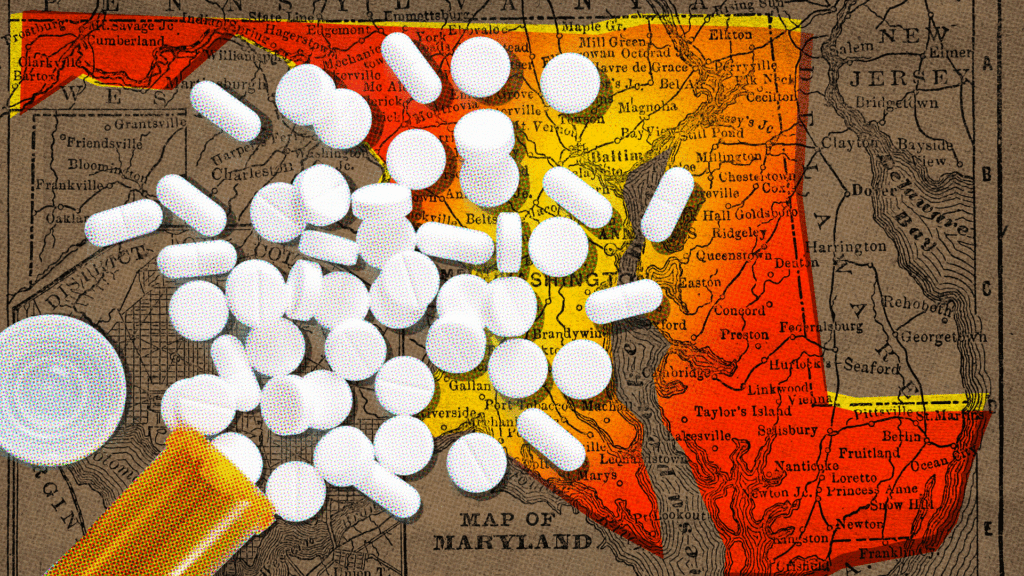From the Washington Post.
Overdose deaths in Maryland climb amid pandemic, prompting new approach
by Erin Cox
Typically, a rise in deaths is accompanied by an increase in interventions to help save lives — emergency room visits and paramedics delivering anti-overdose drugs. Both of those declined during the first three months of the year while deaths rose, state officials said.
It was not immediately clear what caused the increase, but Gov. Larry Hogan (R) said he is on alert that the pandemic might be to blame.

“While it is simply too early to understand the precise effect that the coronavirus pandemic has had on [the] state’s war against substance use, I can assure you that we recognize the threat,” Hogan said in a statement.
Overdose deaths in Maryland declined in 2019 for the first time in a decade, dropping by double digits but still continuing at a historic pace that kills more than 2,000 people each year.
State officials said the isolation, unemployment and economic stress wrought by the pandemic are three key risk factors for substance abuse. And because the pandemic has disproportionately killed and sickened people of color, state officials overseeing the opioid response say they are “deeply concerned” that an acceleration of the drug epidemic could occur in minority communities too.
The largest increase in overdose deaths was in Prince George’s County, a majority African American jurisdiction with the biggest tally of coronavirus cases in the state. Overdose deaths there more than doubled compared with the same period in 2019.
Steve Schuh, executive director of the state’s Opioid Operational Command Center, said Maryland now faces “a substance use crisis that has taken a new form.”
Schuh released a 10-page “action plan” in response. Among other changes, the state will begin publishing demographic data about overdose deaths. It also plans to fund a public service announcement about mental health risks and substance abuse problems during the pandemic.
“We hope to begin simultaneously stanching the immediate fallout from the pandemic and laying the groundwork for the months and years ahead,” he said.
Preliminary data released Wednesday shows 561 people died of opioid-related overdoses in January, February and March of 2020, 14 more than during the same period the year before. The data only covers the first few weeks that the pandemic response began to shut down society.
Fentanyl, the synthetic opioid 50 times more potent than heroin, was involved in 93.2 percent of the deaths in 2020, a larger share than the previous year. In recent years, fentanyl has supplanted heroin as the leading cause of opioid deaths.
Deaths linked to non-opioid substances also were on the rise during the first three months of the year: Cocaine-related deaths were up by 15 percent and methamphetamine-related deaths were up by 58 percent. Because drugs are often taken in combination, state officials said, the “vast majority” of these deaths occurred in people who had also taken opioids.
